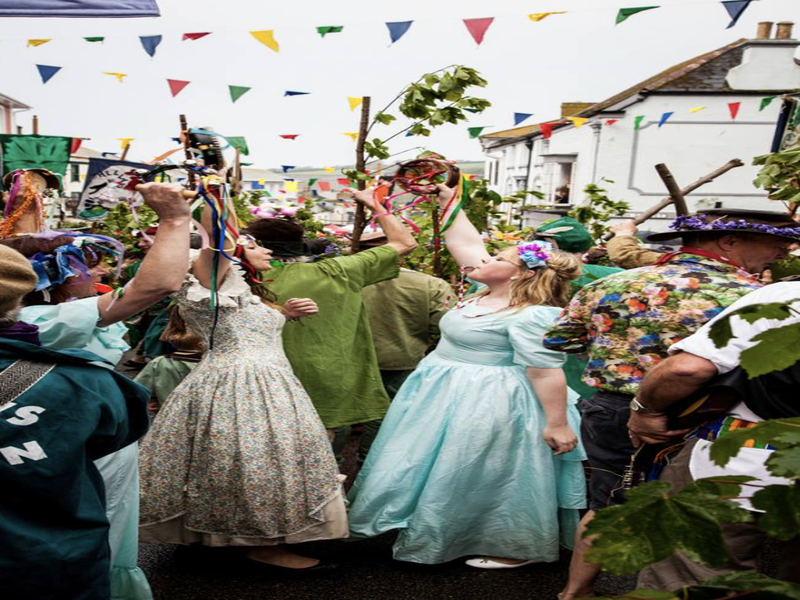Sitting down to write the second Table Talk of the year, I’m filled with an almost giddy excitement. January, that bleakest and darkest of months, seems so often to be characterised as one of restraint and abstinence, but it doesn’t necessarily have to be so. As someone launching an alcohol free wine, I’m enormously grateful for the platform that Dry January and the conversations around moderation provide, but doubly excited to channel that energy into celebrating the things that we enjoy, making the most of time with friends and family and ensuring we all have a blast along the way.

Your Favourite Restaurant You’ve Never Been To...
New year, not format. Not quite, but instead of zeroing in on one restaurant today, we’ll be setting our sights on the UK’s best beach hut restaurants and exploring what makes them so special. So often when thinking of food and beaches here in the UK, those images are clouded by memories of sand-filled baguettes or visions of meandering queues and long-forgotten orders. Anyone reading this can understand that, but thankfully, up and down our coastlines, a new breed of restaurateurs (no “n”, who knew?!) are decreeing that should no longer be the case and doing their best to ensure we value and visit these places all year round.
Whether it’s Riley’s Fish Shack (#4) in Tynemouth or the beachhouse in South Milton, these restaurants and the teams behind them have an amazing ability to do more with less - if you think the seating is tight, imagine what it’s like in the kitchen. Their ability to create an almost fanatical following is a triumph against the odds, battling the weather, long queues, isolated locations and whatever else life on the coast can throw at them.

Don't expect your usual "car park" at Café Canna
If Tatams in Portscatho, brainchild of the Hidden Hut creators, is a brilliant example of breathing new life into old structures and adding a little something something whilst you’re at it, Café Canna on the island of the same name in the Inner Hebrides is a whole different kettle of fish. With the island itself having a population smaller than the capacity of every single restaurant listed above (18), what lies in wait for those that make it (there are 10 private moorings available outside) promises to be a truly memorable experience.
Uncorking Wine
When it comes to wine, we’re all for accessibility and making sure that everyone around the table feels included. So far, we’ve shone a light on Pinot Noir’s sensitive skin (#4), dusted off some future classics from the library (#8) and now we’re swirling our glasses and talking about tasting.
It’s widely accepted that wine has five different traits or characteristics, all of which combine to impact its quality and taste. Whilst each of us taste things differently, having the following in your back pocket should serve to increase your enjoyment of wine no end.

- Sweetness refers to the residual sugar remaining after fermentation and ranges enormously across different wines. Sometimes difficult to taste owing to other traits distorting our perception of it, definitions range from bone dry to sweet, with sugar contents ranging from 0g/L to 600g/L (Coca Cola is 113g/L and syrup 700g/L, for context!).
- Acidity helps to create certain wines’ zip or zing, leading to mouth-watering or tingly sensations. All wines are on the acidic side of the equation (pH 3-4), but any time you hear someone describing something as “bright” or “fresh” or “zesty”, it’s likely you’ve got the acidity to thank.
- Tannin drives bitterness in wines and is the source of the health benefits your best friend is always claiming their daily glass of red has (and perhaps justifiably so, depending on which study you read). Tannins are naturally occurring in plants, seeds, bark, etc and create a drying or gripping sensation when drinking wine.
- Alcohol is interpreted in different ways by different folk, but helps to carry flavour with most wines being 12 - 15% ethanol. Alcohol content is directly related to sugar levels in grapes, with juicier, sweeter grapes typically producing more alcoholic wines.
- And finally, we turn to body. Whilst not a scientific term per se, it’s used to categorise a wine’s intensity, ranging from light to full bodied. The four traits listed above all combine to impact a wine’s body, with each element having its own hand in proceedings (eg. sweetness creates body, acidity decreases it).
What We’re Listening To
If you feel like you’ve just stepped out of double chemistry and can’t wait to change gear, check out the tunes below to round things off.

Early 90s or modern day 20s? Hard to tell as fashions come full circle
- Jesper Ryom’s Beaches is a beautiful balance of thought-provoking melodies and uplifting energy.
- If the track above namechecks the beach, Crashed My Bike by Sun Room will make you feel like you’re on your way there.
- Last but not least, ramp up the nostalgia and take it back to 1991 with Only Love Can Break Your Heart by Saint Etienne.
Thank you as ever, and remember to please spread the word - it’s always a pleasure to have faces, new and old, around the table each week.
Luke
PS. Don’t want to wait a whole week for our next edition? Check us out on Instagram (@wednesdaysdomaine) for your daily tipple.























































